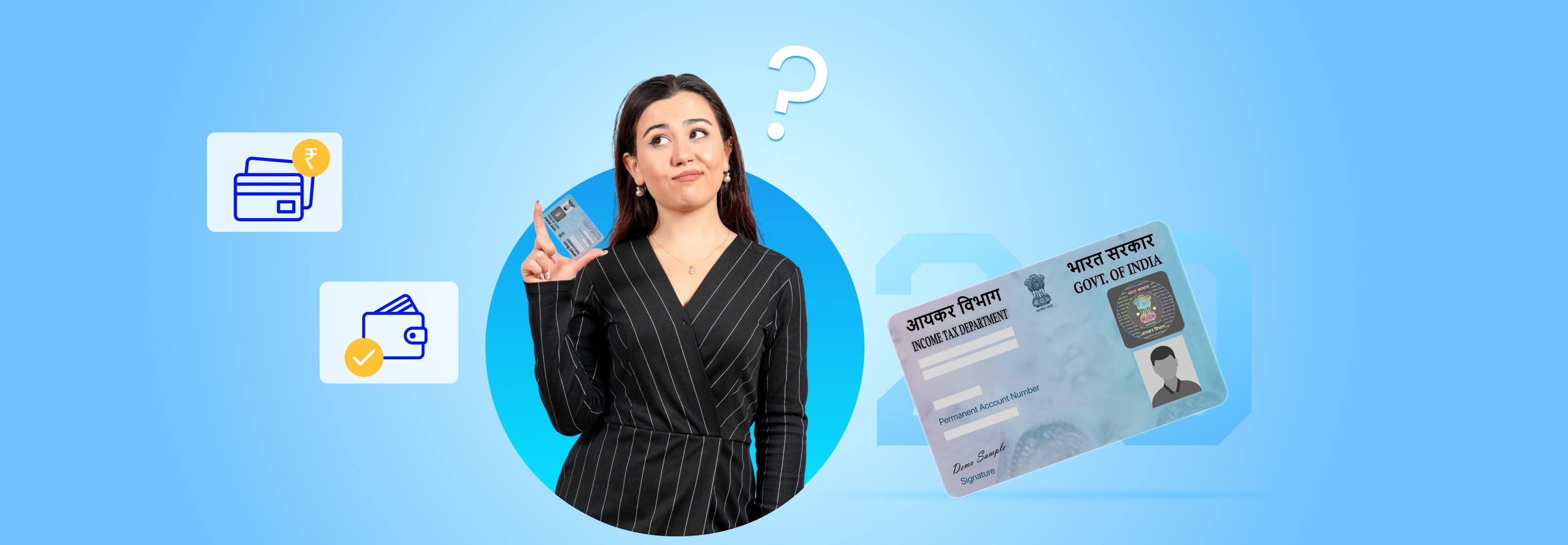
The Government of India has recently unveiled the PAN 2.0 programme, which aims to modernise and streamline the administration of PAN and TAN through digitalisation. The new PAN card, an e-governance project of the Income Tax Department, aims to redesign and improve the quality of PAN services by integrating the latest technology. This initiative makes the PAN a common business identifier.
The PAN 2.0 programme aims to issue and manage PAN and TAN by combining both services into a unified, centralised portal. In this blog, learn everything the advanced system offers.
PAN 2.0 will feature a unique QR code that includes important information about the holder, such as photo, signature, name, and date of birth – password-protected to secure the PAN details and reduce the possibility of duplication, impersonation, and tampering.
The new PAN card features encrypted data that can only be accessed through authorised software, doubling down on security and preventing misuse of personal data. This upgrade is meant to add safety and help safeguard the economic landscape.
The new PAN card will have an entirely paperless process that is fully digitalised, reducing the carbon footprint and maximising the use of technology to ensure a seamless upgradation process.
Before the launch of PAN 2.0, all PAN-related services were carried out on three different platforms: the e-Filing Portal, the UTIITSL Portal, and the Protean e-Gov Portal. However, with the rollout of the new PAN card, all PAN/TAN-related services are now hosted on a unified platform of the Income Tax Department.
While the older versions of PAN without QR remain valid, PAN 2.0 is applicable for an update or correction free of cost, and e-PAN for the same will be sent to the registered email IDs. However, domestic applicants who request a physical PAN card will have to pay a nominal fee of ₹50 and ₹15 plus postage charges (international).
Individuals can reap beneficial outcomes from the new PAN 2.0 system in many ways, such as:
Integration of QR code technology will prevent individuals from falling prey to fraudulent activities. Since the QR code's data can only be accessed by specific software and authorised personnel, the chances of altering or faking information are significantly reduced.
Individuals who plan to redesign their PAN card will benefit from updated identification protocols, which the government has mandated. This will ensure they receive a more protected PAN and that their information conforms to the ITD’s latest formatting guidelines.
One of the most valuable functions is authentication, especially during sensitive financial transactions. Its immediate verification of the user’s identity adds an essential layer of security against identity theft, making impersonation via QR code scanning nearly impossible.
The PAN 2.0 project aims to offer a secure financial mechanism and streamline user authentication with digital verification – allowing seamless identity verification for sensitive transactions, such as applying for personal or business loans.
The project’s features include advanced cybersecurity measures, mandatory Aadhaar linkage, and real-time validation. The new PAN card programme will make it a reliable source of accurate data for individuals and businesses.
Get credit at first sight and be closer to your goals.
Download Now